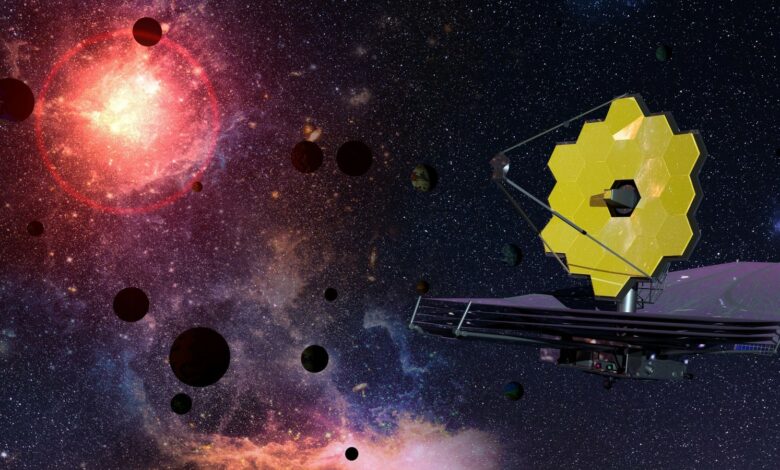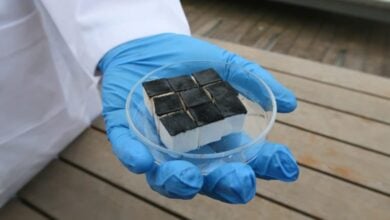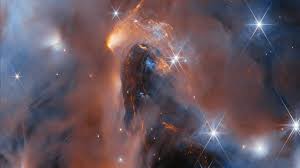James Webb detects ‘waterworld with a boiling ocean’ in deep space

Astronomers using NASA’s James Webb Space Telescope have made a groundbreaking discovery of a distant planet that may be covered entirely by a deep-water ocean, marking a significant advancement in the search for habitable conditions beyond Earth.
According to the Guardian, the exoplanet, named TOI-270 d and located approximately 70 light years away, exhibits water vapor and chemical signatures of methane and carbon dioxide in its atmosphere.
Researchers from the University of Cambridge suggest that the planet, twice the size of Earth, could potentially have an ocean spanning its entire surface, accompanied by a hydrogen-rich atmosphere.
However, conflicting views arise from a Canadian team, proposing a rocky surface with an intense atmosphere of hydrogen and water vapor due to extreme temperatures reaching up to 4,000 degrees Celsius.
The James Webb Space Telescope (JWST) is a space telescope designed for infrared astronomy, with high-resolution and high-sensitivity instruments. It aims to study various phenomena in the universe, such as exoplanet atmospheres and the first light in the universe.






